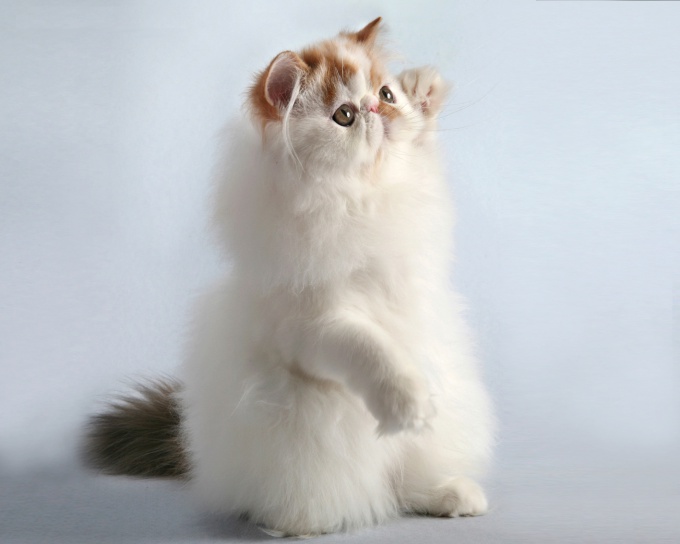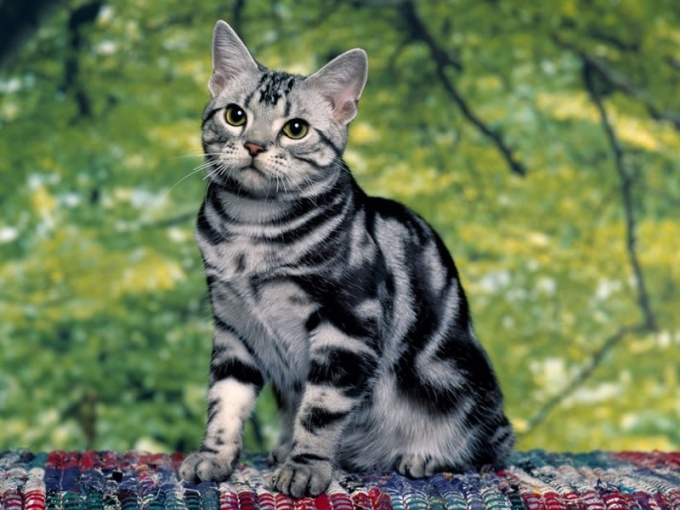Breeds of cats: Persian
Breeds of cats: Persian
A distinctive feature of cats of Persian breedis a snub nose. In this case, two types of Persians are distinguished: extreme and classical. The first is bred mainly in the States, the nose of such cats is small and upturned. In representatives of the second type, the nose is longer, while the cats of the classical type are bred in Europe.

In the early 1970s, the United Statesnurseries, where bred Persian cats, because of what this breed has undergone changes for the better. A lot of fluffy mugs with breeding flaws were sold to Europe, and it took the Europeans years to develop a cat that meets the breed standards without health problems. In the Soviet Union, Persian cats were brought in the 1980s by diplomats, and the Persians were then very rare. In the early 1990s, representatives of this breed began to spread throughout the country, but still remained an expensive pleasure.
Appearance
Persian cats have a stocky body of mediumsizes, a powerful thorax, massive shoulders. The Persians weigh up to 7 kilograms. Their legs are short and muscular, there are tufts of hair between the toes. The tail is short and fluffy, rounded at the tip. The head of the Persian cats is round, the skull is wide, the forehead is convex, the cheeks are plump, the jaws are wide and powerful enough. The nose is wide, snub nose, big round eyes, widely set. The color of the Persians' eyes is dark orange, coppery, green or blue.
Wool and color
Wool from representatives of Persian breedlong, thick, wool thin, there is an undercoat. On the neck, chest and shoulders a magnificent collar. The color of the Persians can be almost anything - there are more than a hundred shades. The main drawback of such a long coat is that you constantly need to comb it. After washing the pet should be dried with a hair dryer, because the Persian wool dries very long.
Character
Persians are cats that can not live outside the house. They are affectionate, trusting, prefer to choose their own master, to whom they are strongly attached. The Persians are calm, almost not meowing, if they need something to ask, they will sit next to the master and stare directly into his face. Children are not afraid of Persian cats. They seem to be unwieldy, but in fact the Persians are quite mobile, although they like to lie on the sofa for a long time.







